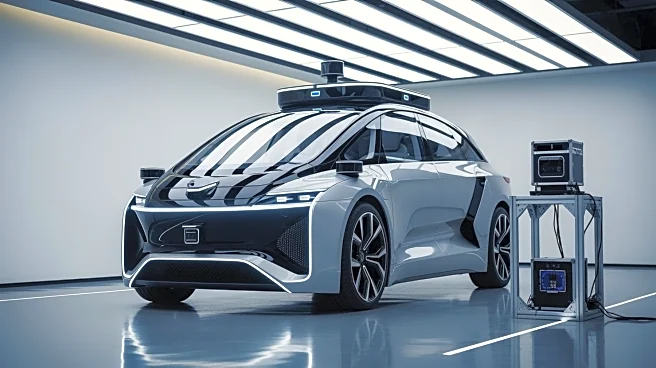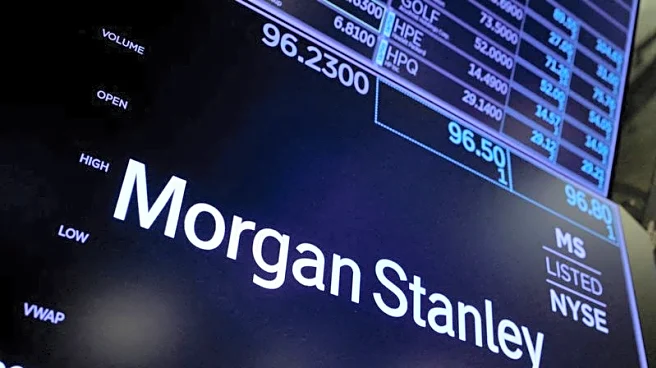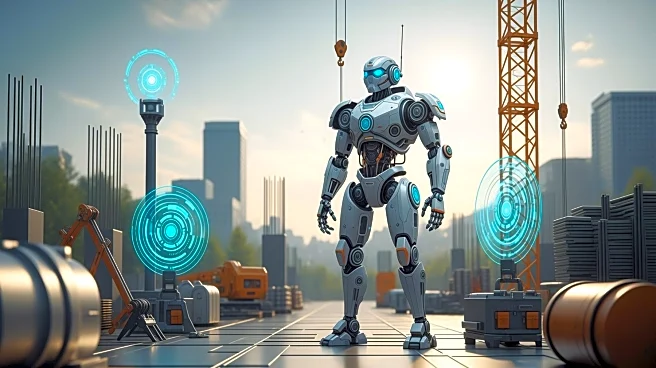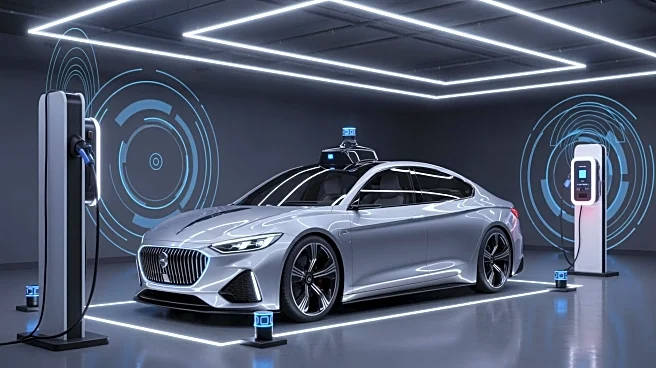What's Happening?
Investment in built environment technology reached $4.4 billion in the third quarter, marking a 66% year-over-year increase. This growth is driven by advancements in artificial intelligence and robotics,
according to a report by Nymbl Ventures. AI technologies attracted $2.22 billion, while robotics saw $1.36 billion in investments. Construction tech emerged as a key segment, with a 150% increase in investment, totaling $1.25 billion. The sector has attracted $3.7 billion in venture capital through the first three quarters of 2025, doubling the investment seen during the same period in 2024.
Why It's Important?
The surge in investment highlights the growing importance of technology in transforming the construction industry. AI and robotics are enabling more efficient and sustainable building practices, which can lead to cost savings and improved project outcomes. The focus on post-Series A investments indicates a shift towards mature products that address real-world challenges. This trend is likely to drive innovation and competitiveness in the construction sector, benefiting stakeholders such as developers, contractors, and technology providers.
What's Next?
The report suggests a new phase in funding for construction tech, with capital concentrating around scalable, data-driven solutions. As the industry moves towards strategic maturity, proven technologies are expected to dominate the market. The record number of exits through acquisitions indicates a consolidating startup market, where strategic corporates are shaping the next wave of innovation. This consolidation could lead to more partnerships and collaborations, further advancing the sector's technological capabilities.
Beyond the Headlines
The investment trends reflect a broader shift in the construction industry towards embracing technology to enhance productivity and sustainability. The focus on AI-enhanced solutions promises measurable ROI across the construction value chain, potentially leading to more efficient resource management and reduced environmental impact. As the industry continues to evolve, stakeholders must navigate the challenges of integrating new technologies while maintaining safety and quality standards.












